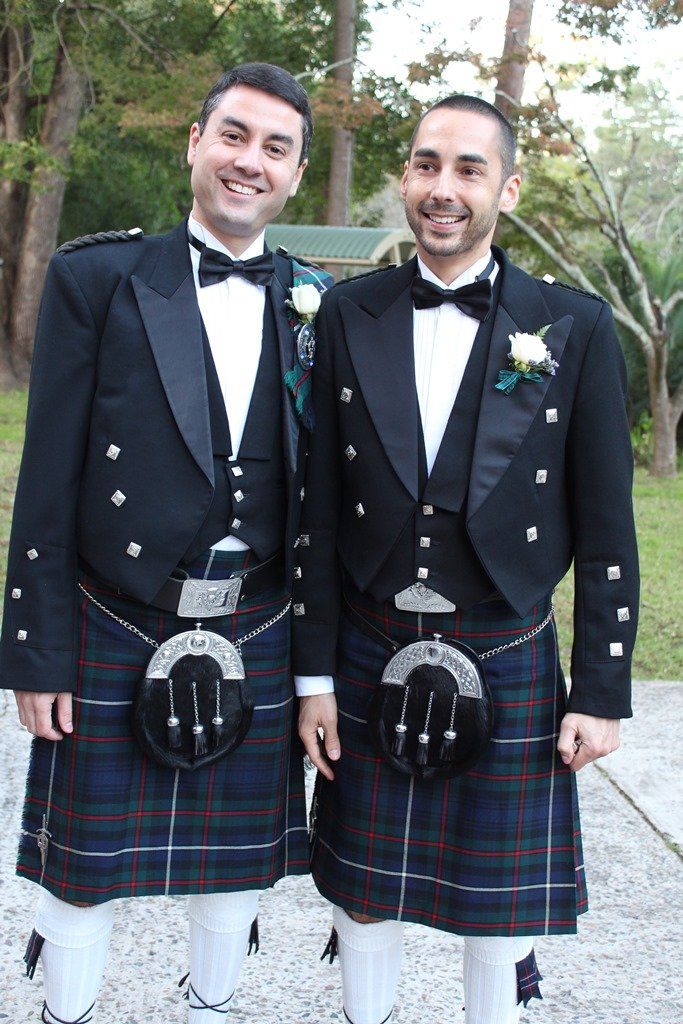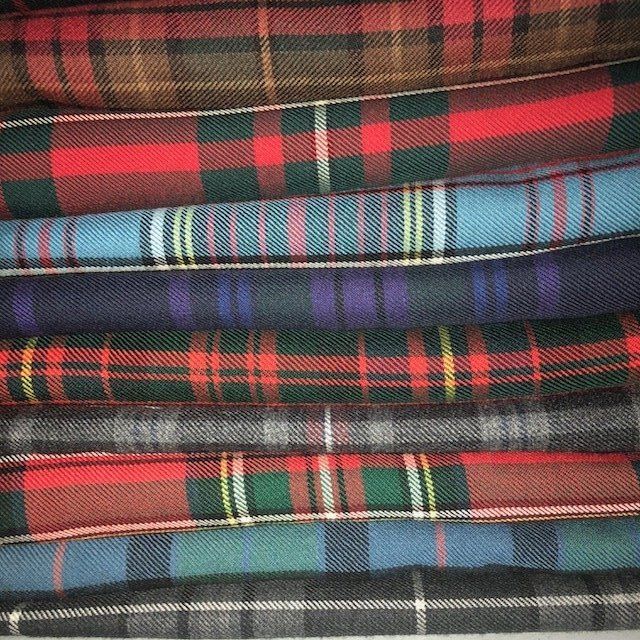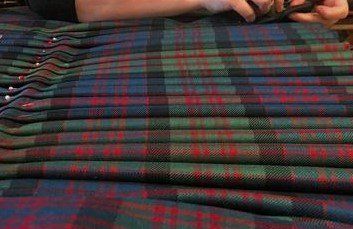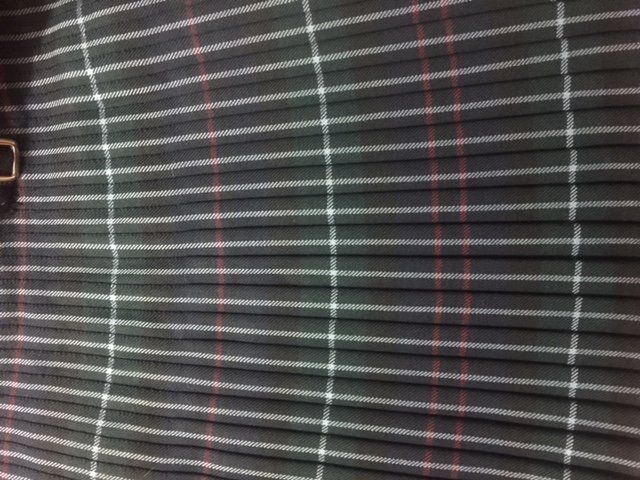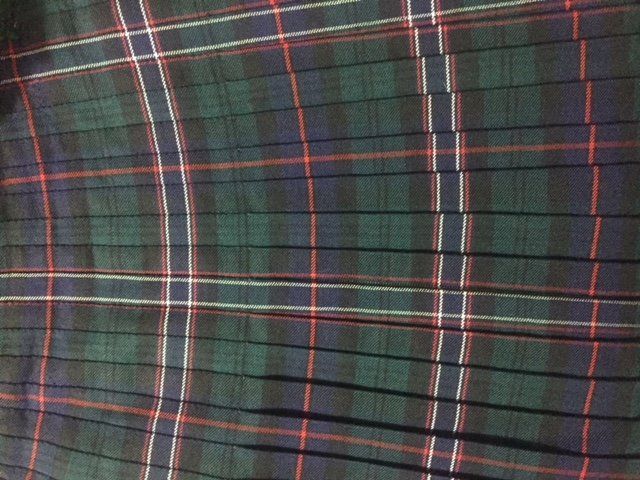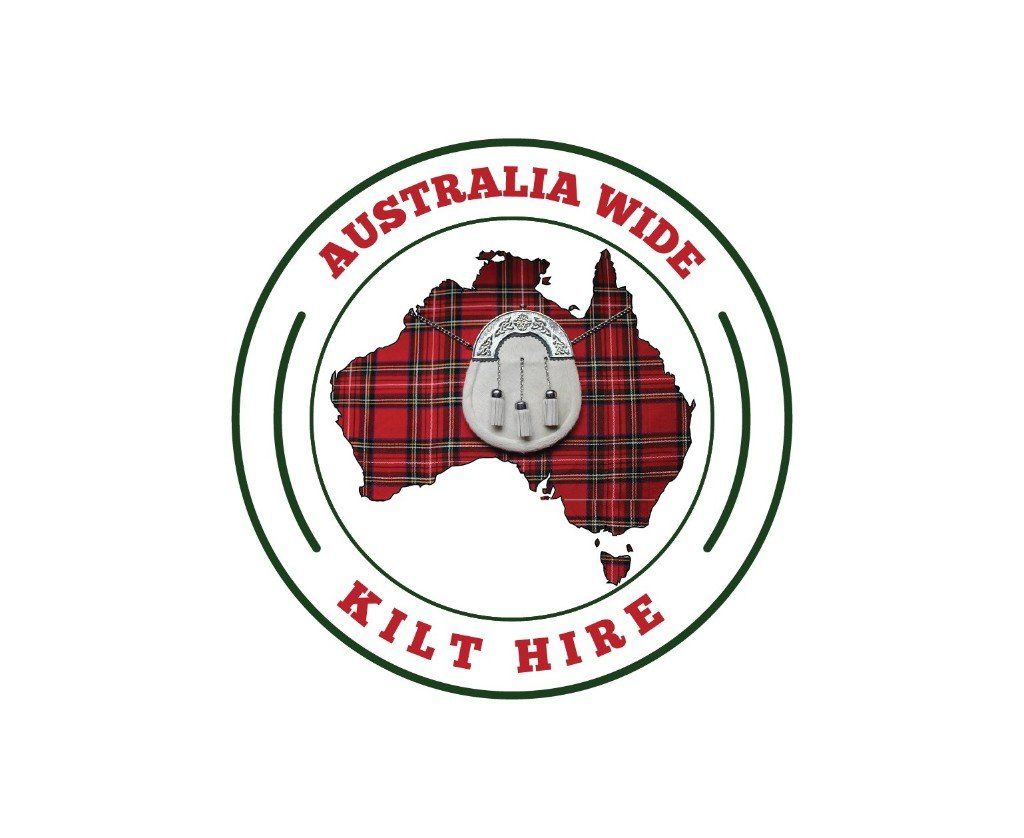Blog
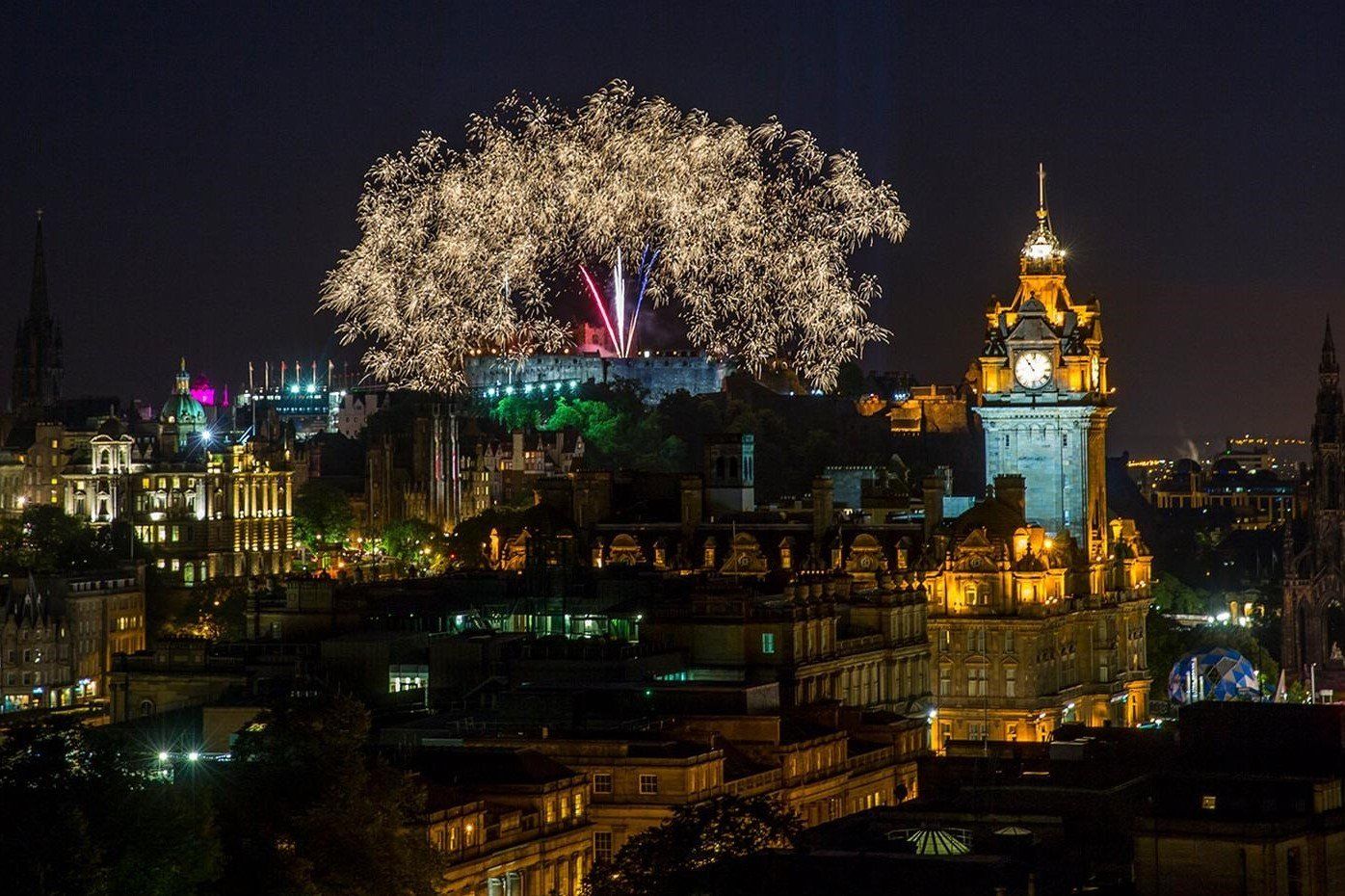

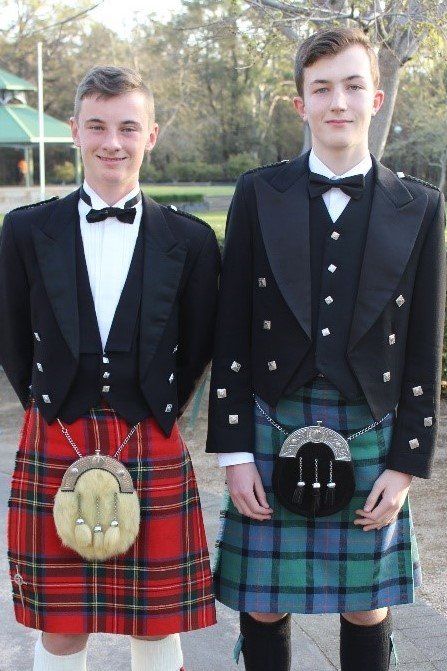
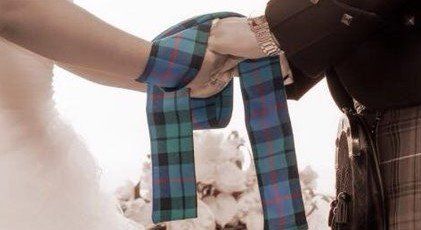
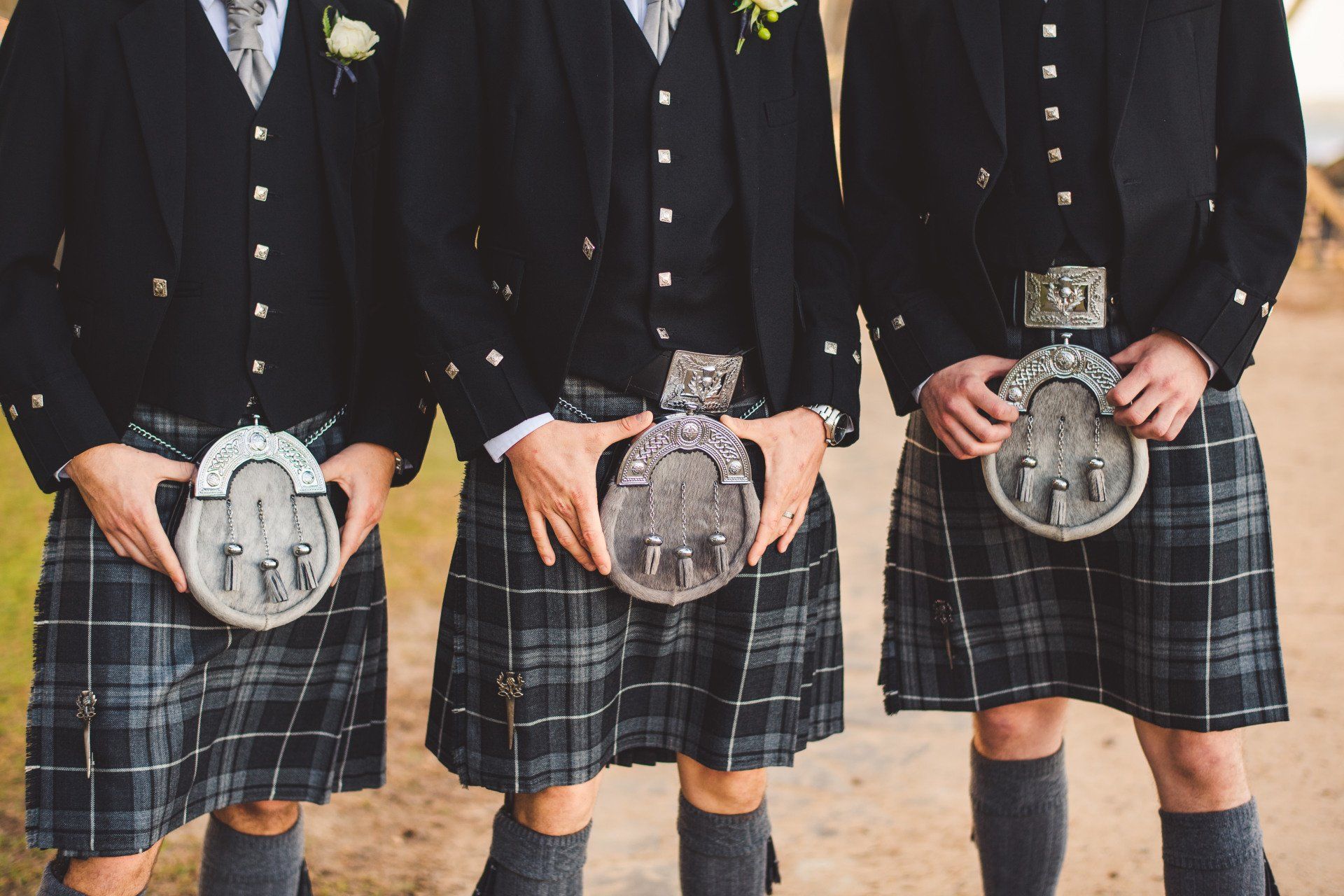
Pleated to Sett or to Stripe
2 different looks for the back of your kilt.
We are often asked this question, and whilst visually the difference can be clearly seen, it is important to understand how the 2 different looks are achieved, especially if you are keen on having a kilt made for yourself.
Basically it’s all about the pleats.
This is a kilt pleated “To Stripe”
This is a kilt pleated to Sett
The difference is quite dramatic and very impressive, and now we will explain how this look is achieved.
To Stripe
To stripe is to have every pleat identical with a vertical tartan stripe centred on each pleat. This way the back looks different to the front. This is traditionally the way that military kilts were made and it was said they were made this way to give a more striking and uniform effect. This method was also more cost effective as in some tartans more pleats per metre of fabric can be achieved by pleating "to Stripe".
To Sett
To Sett is to have a continuation of the pattern of the tartan through the pleats so that the front looks very similar to the back. This is the most popular way to have a Kilt made. The size of the sett (pattern) in your chosen tartan will affect the number of pleats you have and the mark of a quality kilt maker is amongst other things their ability to match the tartan in the pleated area.
Really it’s up to personal preference which way you would like to have your Kilt made. To Sett is the most popular but can take a little more time and fabric than to Stripe. In addition some people prefer the look of the ‘swish’ in a kilt made to Stripe than to Sett.
However, depending on the sett size not all tartans look good to Stripe so choose your tartan first, speak to your kilt maker for advise, then decide how you want to have it made.


